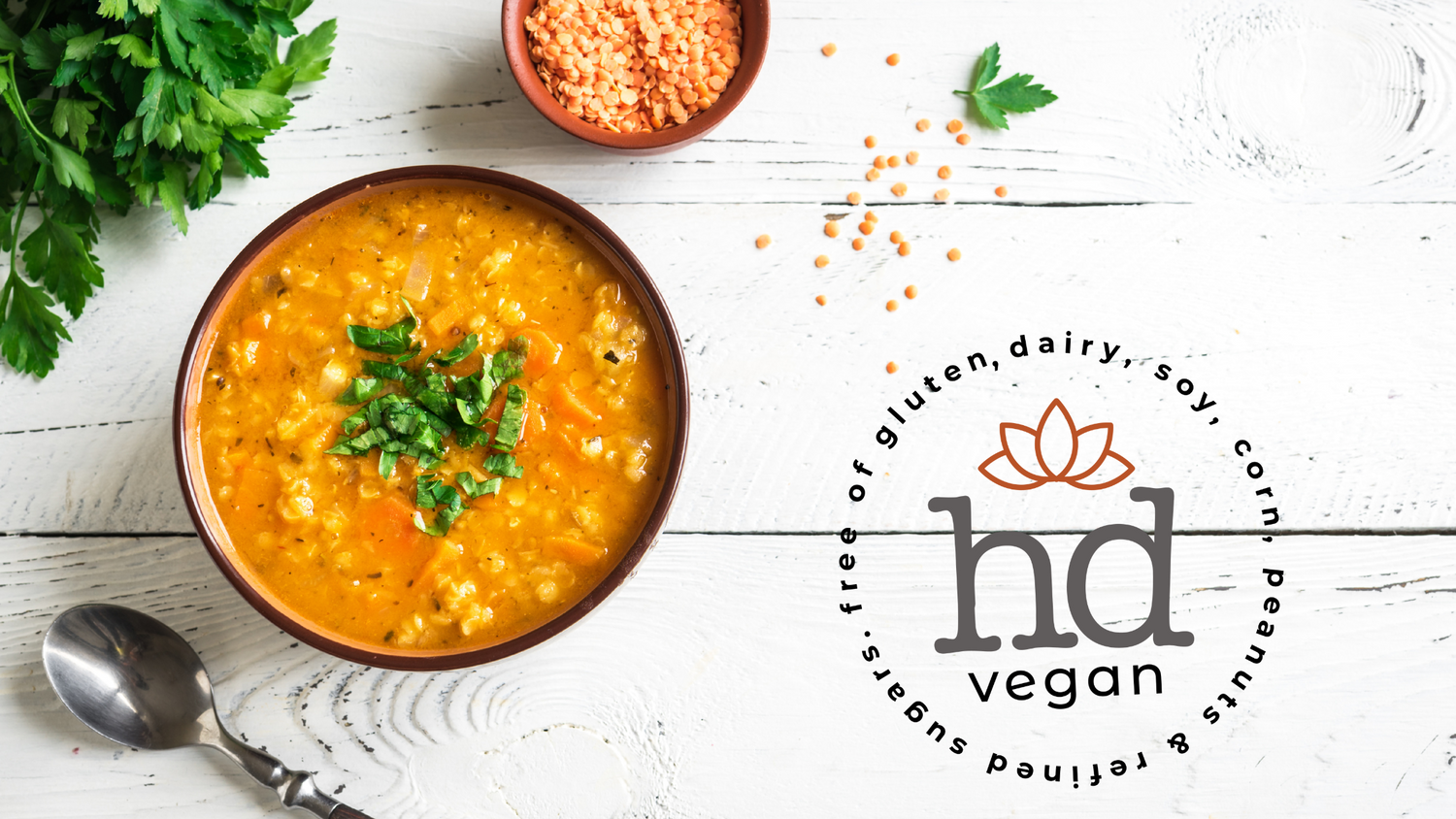When it comes to choosing a workout routine, it's essential to find a style that aligns with your goals, lifestyle, and individual needs. Two popular options that offer unique benefits are yoga and HIIT (High-Intensity Interval Training). While yoga focuses on flexibility, mindfulness, and balance, HIIT is geared towards intense cardiovascular conditioning and fat burning. In this blog post, we'll explore the characteristics of each workout style and help you determine which one might be better suited for you.
Understanding Your Fitness Goals:
Before diving into the specifics of yoga and HIIT, it's crucial to identify your fitness goals. Are you aiming to improve flexibility, build strength, reduce stress, or lose weight? Understanding your objectives will help guide your decision in choosing the most appropriate workout routine.
Yoga: Cultivating Mindfulness, Flexibility, and Strength
Yoga is a holistic practice that combines physical postures (asanas), breathing exercises (pranayama), and meditation. Here's why yoga might be the better choice for you:
- Flexibility and Mind-Body Connection: If increasing flexibility, enhancing body awareness, and developing a deeper mind-body connection are your priorities, then yoga is an excellent option. Yoga postures involve stretching and elongating muscles, improving flexibility, joint mobility, and overall range of motion. Additionally, the focus on conscious breathing and mindful movement can promote relaxation and reduce stress.
- Stress Reduction and Mental Well-being: Yoga provides a sanctuary for calming the mind and reducing stress. The combination of breathing techniques, meditation, and movement helps to promote relaxation, improve mental focus, and cultivate mindfulness. If you're seeking stress relief, emotional balance, and an overall sense of well-being, yoga can be highly beneficial.
- Strength, Balance, and Stability: While yoga may not provide the same cardiovascular intensity as HIIT, it offers a comprehensive strength-building component. Holding and transitioning between poses engages various muscle groups, promoting muscular strength, endurance, and toning. Yoga also improves balance and stability through poses that challenge proprioception and core strength.
HIIT: Intense Workouts for Cardiovascular Conditioning and Fat Burning
HIIT workouts consist of short bursts of intense activity followed by periods of active recovery or rest. Here's why HIIT might be the better choice for you:
- Fat Loss and Calorie Burn: HIIT is renowned for its calorie-torching potential. The high-intensity intervals elevate your heart rate significantly, leading to an extended calorie burn even after the workout. If your primary goal is fat loss, weight management, or improving cardiovascular endurance, HIIT can be an effective choice.
- Cardiovascular Fitness: HIIT is a powerful tool for improving cardiovascular conditioning. The intense bursts of activity challenge your cardiovascular system, increasing heart rate and lung capacity. Regular HIIT workouts can enhance your endurance and overall cardiovascular health.
- Time Efficiency: HIIT sessions are typically shorter than traditional steady-state cardio workouts. If you have limited time available but still want to maximize the benefits of your workout, HIIT can be a time-efficient option.
- Metabolic Health: HIIT has been shown to have positive effects on metabolic health. It can improve insulin sensitivity, regulate blood sugar levels, and enhance fat metabolism. If you're at risk of or managing conditions like type 2 diabetes, HIIT can be a valuable tool.
Ultimately, the choice between yoga and HIIT depends on your specific goals, preferences, and individual needs. If you prioritize flexibility, mindfulness, and balance, yoga may be the better fit for you. On the other hand, if you're looking for intense cardiovascular conditioning, fat burning, and time efficiency, HIIT might be the ideal choice.




